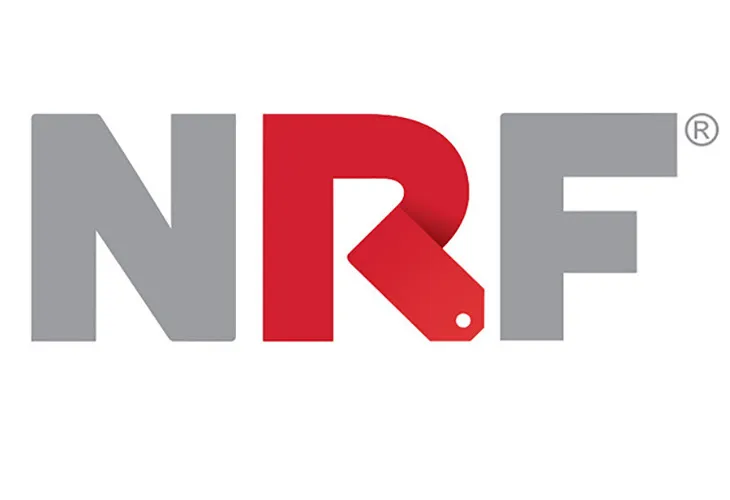WASHINGTON – Consumer spending provides reason for optimism about the economy, according to the National Retail Federation’s chief economist, who expects a soft landing from the period of high inflation that has prevailed for the past few years.
“Today’s economy is a lot like looking into a kaleidoscope, with the view changing and the data providing a different reflection of what’s happening every time you look,” said Jack Kleinhenz, NRF’s chief economist. “Depending on which data you view in the economic kaleidoscope, you get two different angles on the state of the consumer. While survey data shows consumers do not have much confidence in the economy, actual spending data shows they were upbeat as the second quarter kicked off.”
Consumer spending has been bolstered by a strong job market and rising wages, which have helped counter rising prices and higher borrowing costs, Kleinhenz said in the June edition of NRF’s Monthly Economic Review. “While it’s difficult to reconcile these views, what we’ve learned over the last several years is don’t count the American consumer out, at least not yet.”
Revised data shows that gross domestic product grew at an annualized rate of 1.1% in the first quarter rather than the original estimate of 1.3%, according to Kleinhenz, who noted that the average of GDP and gross domestic income – a measure of everything earned during production and often a bellwether of revisions to GDP – decreased 0.5% in the first quarter following a decrease of 0.4% in the fourth quarter. \
Kleinhenz said he expects the U.S. economy, as measured by GDP, will grow about 1% this year.
“This suggests that GDP likely overstates U.S. economic growth and that higher interest rates, tighter credit and persistent inflation are having more of a concerted effect on the direction of the economy than suggested by GDP alone,” Kleinhenz said, referring to the GDP-GDI average. “Given that, we continue to look for a soft landing this year.“
While aggressive Fed tightening of credit has resulted in a recession every time it has been tried since 1970, there have been other times that the Fed has tightened interest rates and been able to slow the economy and inflation without a recession, Kleinhenz said, including 1994-1995 and 2015-2018.
Kleinhenz said the latest “state coincident indexes” of state-level economic data produced by the Federal Reserve Bank of Philadelphia have increased in every state except Alaska in the past three months, “suggesting that we are not in a recession.” A study by the Federal Reserve Bank of St. Louis says at least half of the indexes need to show negative growth to provide reasonable confidence that the nation’s economy is in recession.
The University of Michigan Consumer Confidence Index, which had risen to 64.9 in January after a record low of 50 last June, was at 59.2 in May, a 4.3-point drop from April. Nonetheless, personal consumption was up 6.7% year over year in April while personal disposable income was up 4.7%, indicating that “the economy is holding up better than many have argued,” Kleinhenz said.
Year-over-year inflation as measured by the Personal Consumption Expenditures Price Index was at 4.4% in April. That compared with 4.9% in the first quarter and 5.7% in the fourth quarter.










